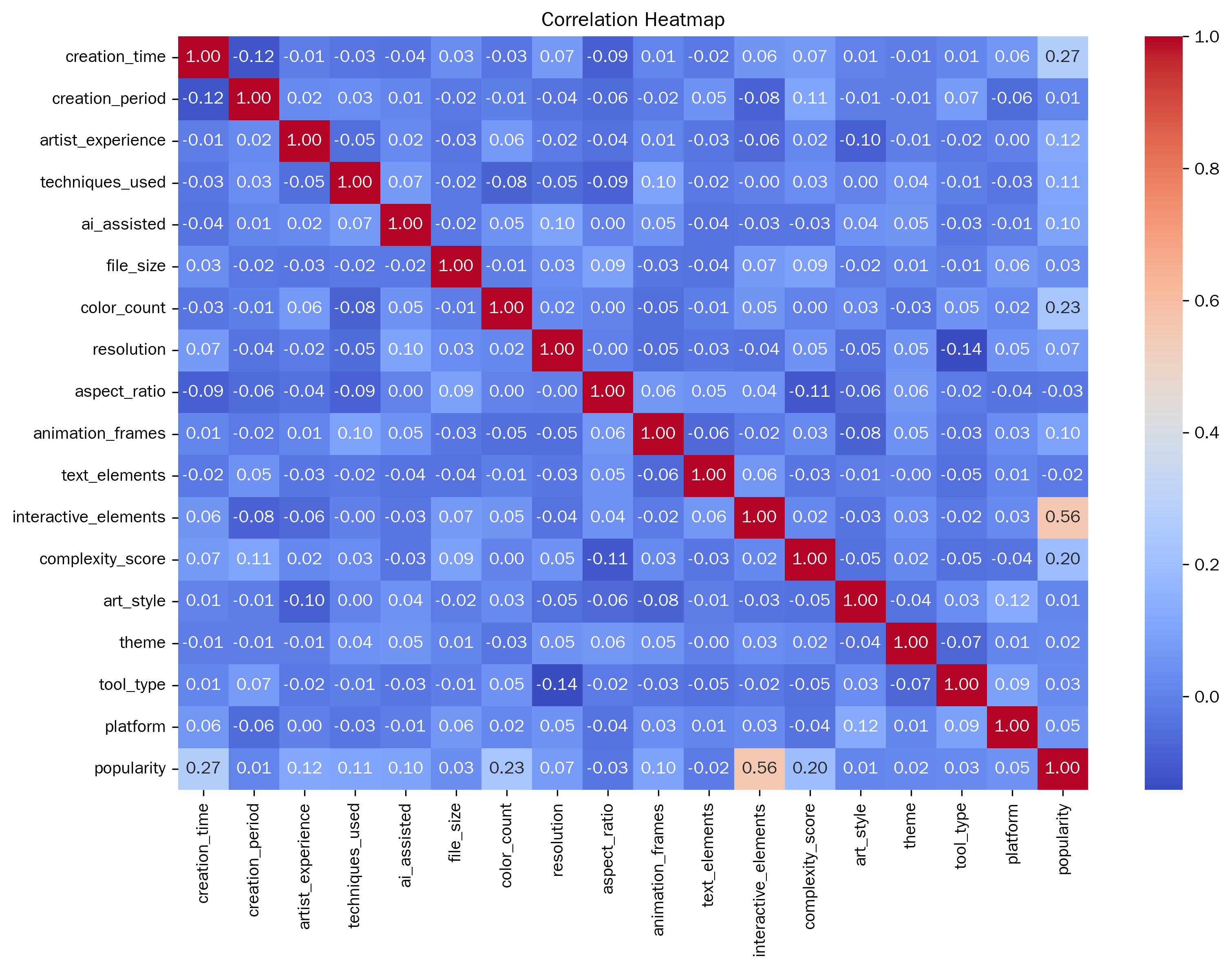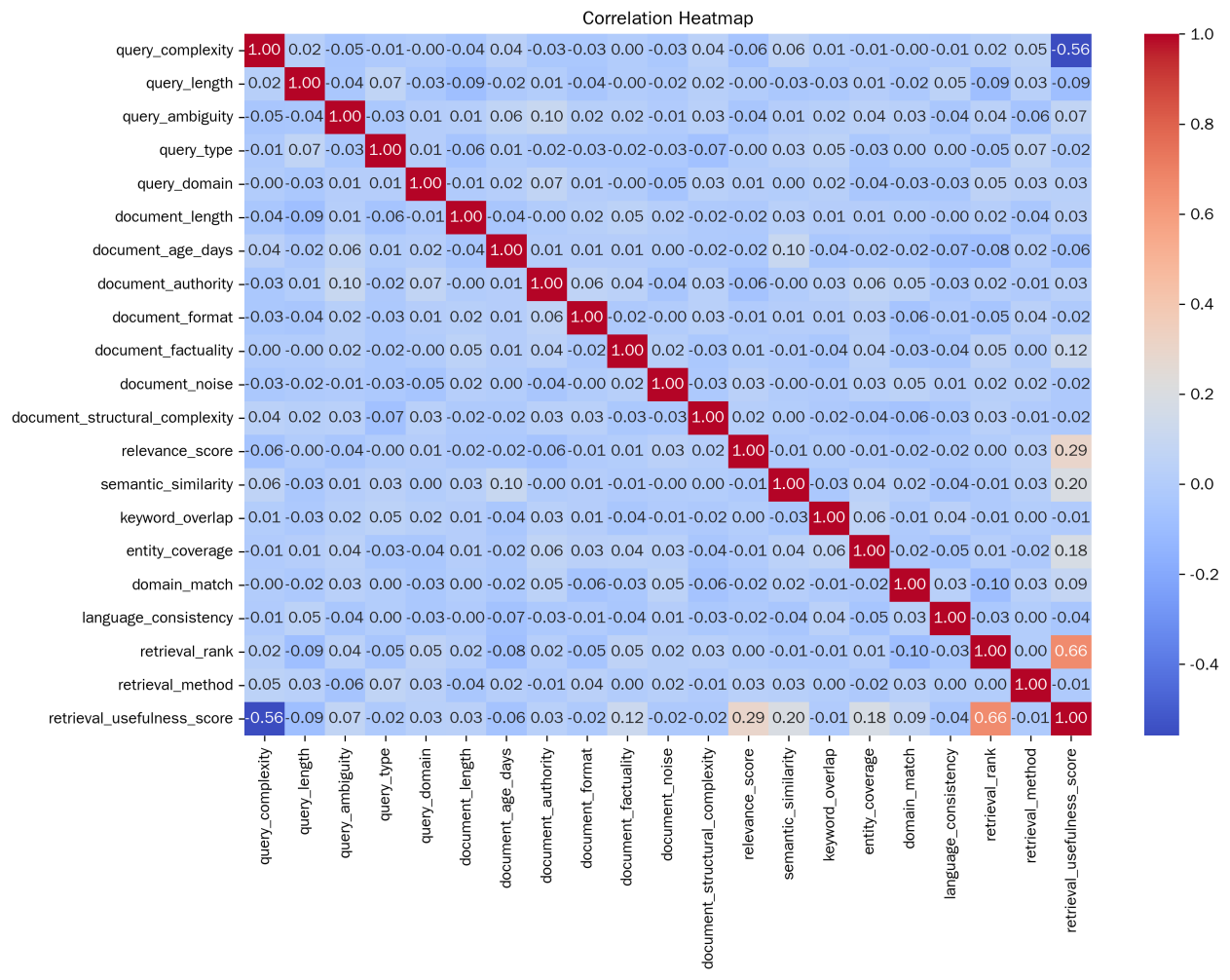

Volume 193
Published on October 2025Volume title: Proceedings of the 3rd International Conference on Machine Learning and Automation

Exploring a quantitative evaluation system for the popularity of digital media art has become a core issue that connects artistic creation, technological application and market communication. In view of the bottlenecks existing in the current algorithms, this paper proposes an LSTM algorithm optimized based on the multi-head attention mechanism. The study first conducted a correlation analysis. The results showed that the number of interactive elements had the strongest correlation with popularity, with an absolute value of the correlation coefficient reaching 0.556887. Variables such as creation time, the number of colors, and complexity scores also have a certain correlation with popularity. It can be seen that the time invested in creation, the richness of colors, and the complexity of the work will, to a certain extent, affect the popularity of the work. Taking decision tree, random forest, CatBoost, AdaBoost and XGBoost as the comparative experimental objects, in terms of various indicators, Our model performed the best in Accuracy, Recall, Precision, F1 and AUC. Its Accuracy is 0.855, which is higher than that of decision trees (0.709), random forests (0.803), CatBoost (0.786), AdaBoost (0.778), and XGBoost (0.744), with the highest overall classification accuracy. The Recall and Precision were 0.855 and 0.856 respectively, also leading other models. It performed better in identifying positive samples and the proportion of actually positive samples among those predicted to be positive. The F1 value of 0.855 is also higher than that of other models, and it has a stronger ability to balance accuracy and recall. The AUC reached 0.904, surpassing the 0.875 of random forest and the 0.876 of CatBoost, demonstrating the best ability to distinguish between positive and negative samples. In comparison, other models are slightly inferior in various indicators, especially the overall performance of the decision tree and XGBoost, which is more significantly lower than that of the Our model. This research achievement provides a more efficient method for the quantitative assessment of the popularity of digital media art. It not only offers direction for the integration of artistic creation and technological application but also provides a scientific basis for the formulation of market communication strategies.

 View pdf
View pdf



The Retrieval Enhanced Generation (RAG) system improves the accuracy and reliability of content generation by retrieving external knowledge, and has been widely used in fields such as intelligent question answering and knowledge assistants. However, its core performance depends on the quality of the retrieval stage, and the relevance and factual consistency of the retrieval results directly determine the effectiveness of the generated content. However, factors such as query complexity, document noise, and domain differences in real-world scenarios can easily lead to fluctuations in retrieval quality. Traditional manual evaluation is costly and outdated, making it difficult to meet real-time optimization requirements. At the same time, existing models have limitations in complex feature fusion and parameter optimization. Therefore, this article proposes a retrieval quality prediction model that combines the Lizard Optimization Algorithm (HLOA), Convolutional Neural Network (CNN), and Bidirectional Gated Recurrent Unit (BIGRU). Correlation analysis shows that there is a strong positive correlation between retrieval rank and retrieval usefulness score, meaning that the higher the retrieval rank, the better the retrieval usefulness score; The query complexity is strongly negatively correlated with the retrieval usefulness score, meaning that the higher the query complexity, the lower the retrieval usefulness score. Integrate this model with decision trees, random forests Adaboost, The comparison of nine models, including gradient boosting tree, ExtraTrees, CatBoost, XGBoost, LightGBM, and KNN, showed that their performance was overall better: MSE (28.617), RMSE (5.349), MAE (4.401), and MAPE (17.355) were the lowest, while R ² (0.952) was the highest. This study provides an effective solution for accurate prediction and real-time optimization of the retrieval quality of RAG systems, helping to enhance the application value of RAG technology in practical scenarios.

 View pdf
View pdf




